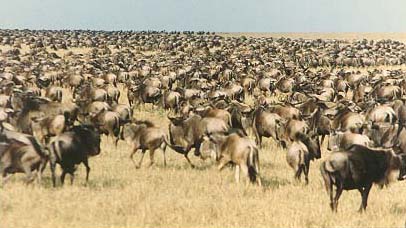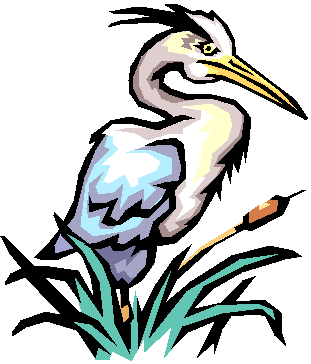 |
RUAHA NATIONAL PARK
|
The Southern Zone:
This Zone Includes the Following parks and Game Reserves:-
 |
RUAHA NATIONAL PARK
|
Ruaha National Park, this is Tanzania’s Second largest National park, situated west of the town of Iringa. The impression gained by most Ruaha is of the world existing almost untouched natural areas.
It is indeed one of Tanzania’s famous wilderness areas. The word Ruaha (luvaha in hehe) comes from the ‘Hehe’ tribe’s (who traditionally lived on the area) meaning "river brook or stream"…the river Ruaha crisscrosses along this park.
Ruaha’s Geography straddles the escarpment of the rift valley with some areas of flat grasslands, though on whole it is made of woodlands with hills, interspersed with baobab trees below.
The Major attractions of Ruaha are the magnificent species rarely found or not found at all in the northern zone parks, like sable and roan antelope, greater and lesser Kudu, Cape hunting dog, crocodile and lichenstein’s hartebeest , it is also noted for having the largest number of elephant of any park in the country also found are many Cape buffalo, hippo and Giraffe.
Among the other plentiful species are ; lion, leopard, cheetah, Zebra, Impala, Grant’s Gazelle, Waterbuck, warthog, bushbuck, reedbuck, steinsbok, klipspringer, dikdik, spotted hyena., silver backed jackal, yellow baboon, vervet monkey, rock and tree hyrax, clawless otter and Mongoose.
 |
MIKUMI NATIONAL PARK
|
Mikumi national park, is the third largest park in Tanzania, it is named after the village just beyond it’s western border on the road to Iringa.(the village took it’s name from the borassus palm , once found in abundance here). the park lies in a flood plain with higher grounds on either side.
Wild animals in Mikumi are found to about 50 km from the gate, also there is a great view of the Uluguru mountain ranges in the east, while in the west there is a great view of the Rubeho mountains. There is also a guarantee of always viewing glorious sunrise and sunsets. To the south this park links with the Selous game reserve.
Animals to be found on this park include: lions usually seen in prides, also groups of Zebra’s, Buffalos, wildebeest, Warthogs, Impala, Giraffes, Zebra the burchell zebra especially, baboons especially yellow baboons, Also there are some hippos found on the areas known as hippo pools. Elephants are also found throughout the park, fine herds of eland which are usually found on the flood plains, the lichenstein’s hartebeest is also found on the plains, others include the African hunting dogs, the black backed jackals
Rare sightings include the :Greater Kudu, civets, leopards
|
SELOUS GAME RESERVE
|
The Selous game reserve is the largest protested wildlife area in Africa. A United Nations World heritage site, this magnificent, uninhabited area is larger than the whole country of Switzerland.
It rivals Serengeti in wildlife concentrations , but yet Selous boosts Tanzania largest concentration of elephants as well as a large number of buffalo, hippo and wild dog.
Other species commonly seen are lion, bush buck,, impala, giraffe, eland, baboon, zebra, and greater Kudu.
The Rufiji river crisscrosses along the game reserve providing it with it’s life blood of the Selous.
Selous game reserve gets its name from the hunter- explorer Fredrick Courtney Selous, who wrote best -selling books about his exploits.
Walking safaris, game drives and boat trips are usually organized, the best time to visit this park is during the dry season.
 |
UDZUNGWA MOUNTAINS NATIONAL |
Udzungwa mountains National park is a recently established conservation area in Iringa and Morogoro region of south central Tanzania., it is bordered by the great Ruaha river to the north. The major attractions of the park are it bio-diversity and it’s unique Udzungwa forest. Many rare plants which are not found anywhere else in the world are found here.
Apart from hosting to about six primate species, including two endemic species- the Iringa red colobus monkey and the sanje crested mangabey, this plateau supports populations of; elephant, buffalo, lion, leopard and the African Hunting Dog. As well as rare species of forest birds, 3 of whom were only discovers in the mid of the last decade.
The Park is only about 10 km south west from Mikumi National Park.